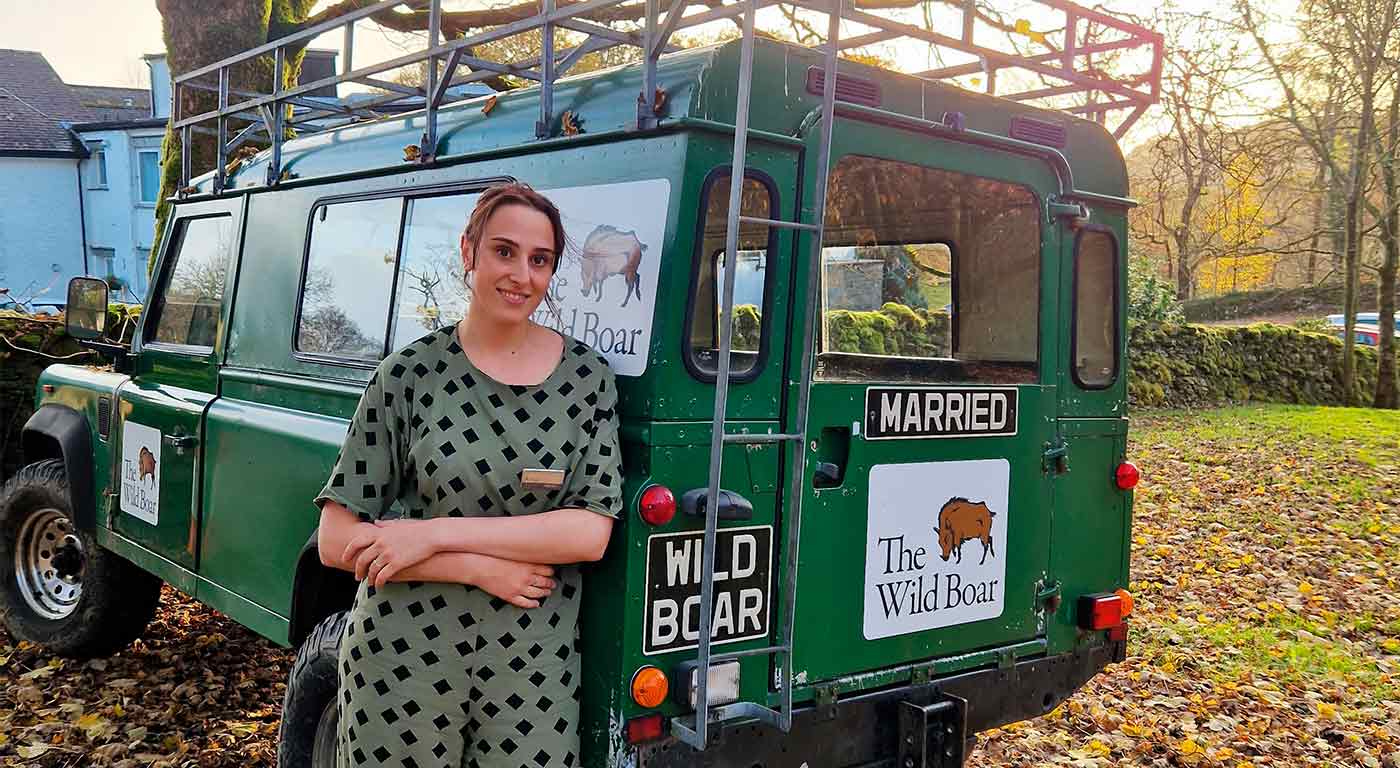Lake District National Trust attractions are popular in Cumbria and there are sites within easy reach of our hotels. These make for a grand day out, especially if you are keen on culture, heritage and history. If you’re keen on being a regular visitor to Lake District National Trust venues, it might also be worth… Continue reading Lake District National Trust days out
Category: Uncategorized
Walks in and around Lancaster
If you are staying in Lancaster and you’re keen on the odd hike or two, there are some great Lancashire walks to tackle in the neighbouring countryside. North Lancashire is a wonderful part of the country to explore. Using Lancaster House Hotel as the base for your stay, you can choose to walk around the… Continue reading Walks in and around Lancaster
Lake District without a car – top 5 car-free days out from Ambleside
If you’re looking for things to do in the Lake District without a car and you are staying in Ambleside or at nearby Low Wood Bay, we’ve got plenty of ideas for a great day out. So do you need a car in the Lake District? Once they get here, many of our guests and… Continue reading Lake District without a car – top 5 car-free days out from Ambleside
Lake District zoos and wildlife parks
Are you looking for Lake District zoos or wildlife parks to visit during your holiday stay with English Lakes Hotels? Many of our guests and their kids love animals, and a trip to a Lake District zoo is high up on their list of things to do on their holiday. Whether it’s getting up close… Continue reading Lake District zoos and wildlife parks
For a Lake District wedding venue, The Wild Boar is a top drawer
For couples tying the knot and looking for an exclusive Lake District wedding venue, The Wild Boar Estate takes some beating. So it proved for newlyweds Kerry and Craig, who chose to book out the whole venue for their nuptials. The bride and groom had a difficult decision to make on where to marry. The… Continue reading For a Lake District wedding venue, The Wild Boar is a top drawer
Music concerts in Lancashire supported by Lancaster House Hotel
If you are an avid classical music fan and keen to find out more about concerts in Lancaster and North Lancashire, you might want to check out the Haffner Orchestra. Lancaster House Hotel has sponsored the Haffner Orchestra’s latest sell-out concert in the Great Hall at Lancaster University. The hotel is right next door to… Continue reading Music concerts in Lancashire supported by Lancaster House Hotel
Wild Boar welcomes new wedding co-ordinator into the fold
One of our most popular rural wedding venues near Windermere has appointed a new specialist to organise its weddings and events for couples getting married. Amy Smethurst has joined the team at English Lakes Hotels Resorts & Venues as The Wild Boar wedding co-ordinator. Having worked in the hospitality sector in a front-of-house customer service… Continue reading Wild Boar welcomes new wedding co-ordinator into the fold
Lake District breakfast at The Wild Boar Inn
Where do you go if you fancy a slap-up Mrs Miggin’s breakfast in the Lake District? Fell walkers seeking to fuel themselves before tackling a full day’s hiking might want to take a little detour to The Wild Boar Inn to experience arguably the most sumptuous and varied breakfast in Windermere. Those who have braved… Continue reading Lake District breakfast at The Wild Boar Inn
Hawk Walks in the Lake District – Be at one with nature
We all know that there are some wonderful things to do in the Lake District National Park. It is after all, an exceptional example of nature’s playground, with the fells to hike, valleys to explore and the shores of the lakes inviting you to take to the water for a swim or boating trip. At… Continue reading Hawk Walks in the Lake District – Be at one with nature
Leighton Hall : A BIG day out from Lancaster House Hotel
If culture and heritage are you thing, why not combine your stay in North Lancashire with a day trip from Lancaster House Hotel to Leighton Hall? Set within the Arnside & Silverdale Area of Outstanding Natural Beauty near Carnforth, the history of the hall goes back nearly 800 years and there is plenty to explore. … Continue reading Leighton Hall : A BIG day out from Lancaster House Hotel








